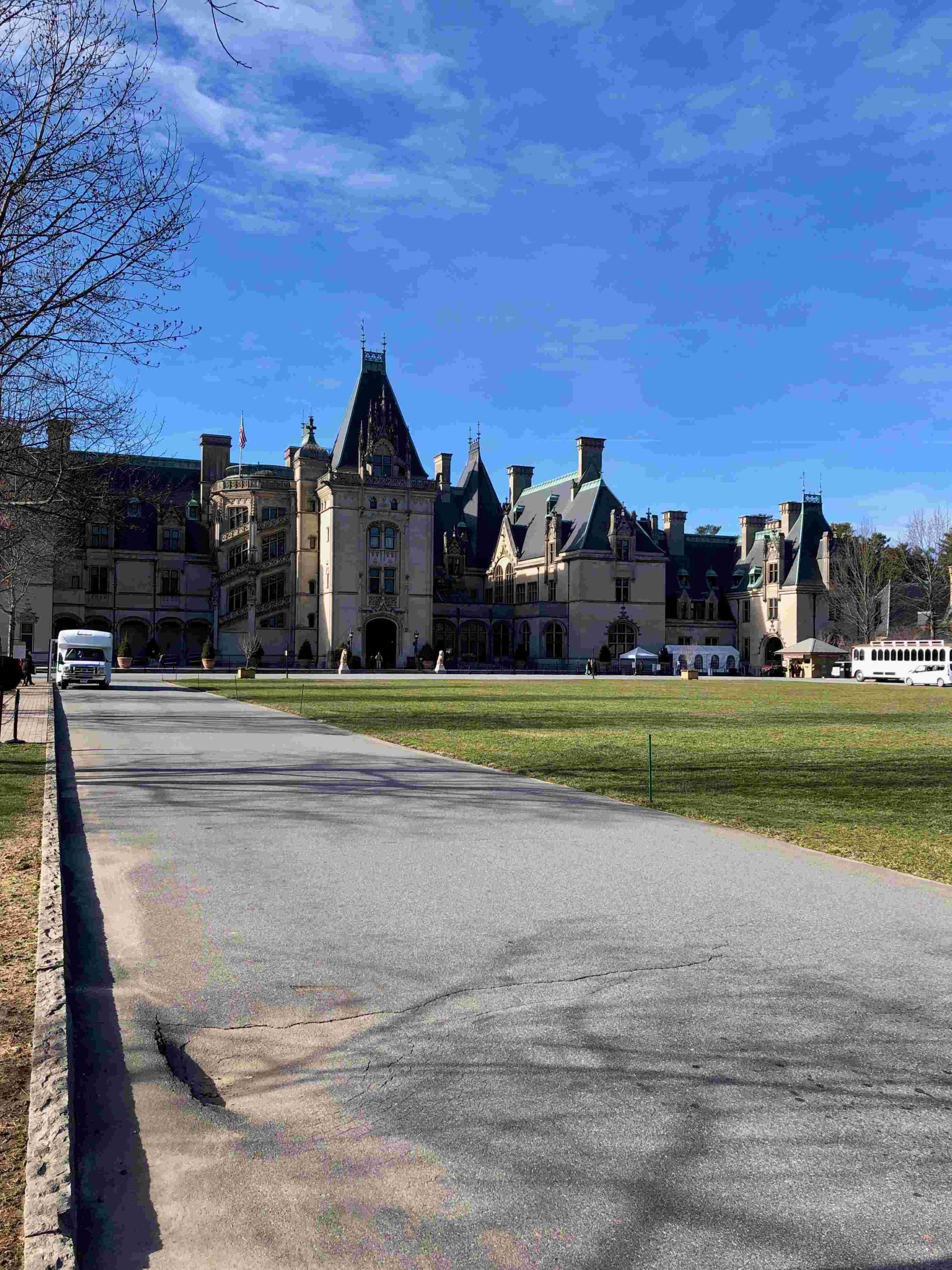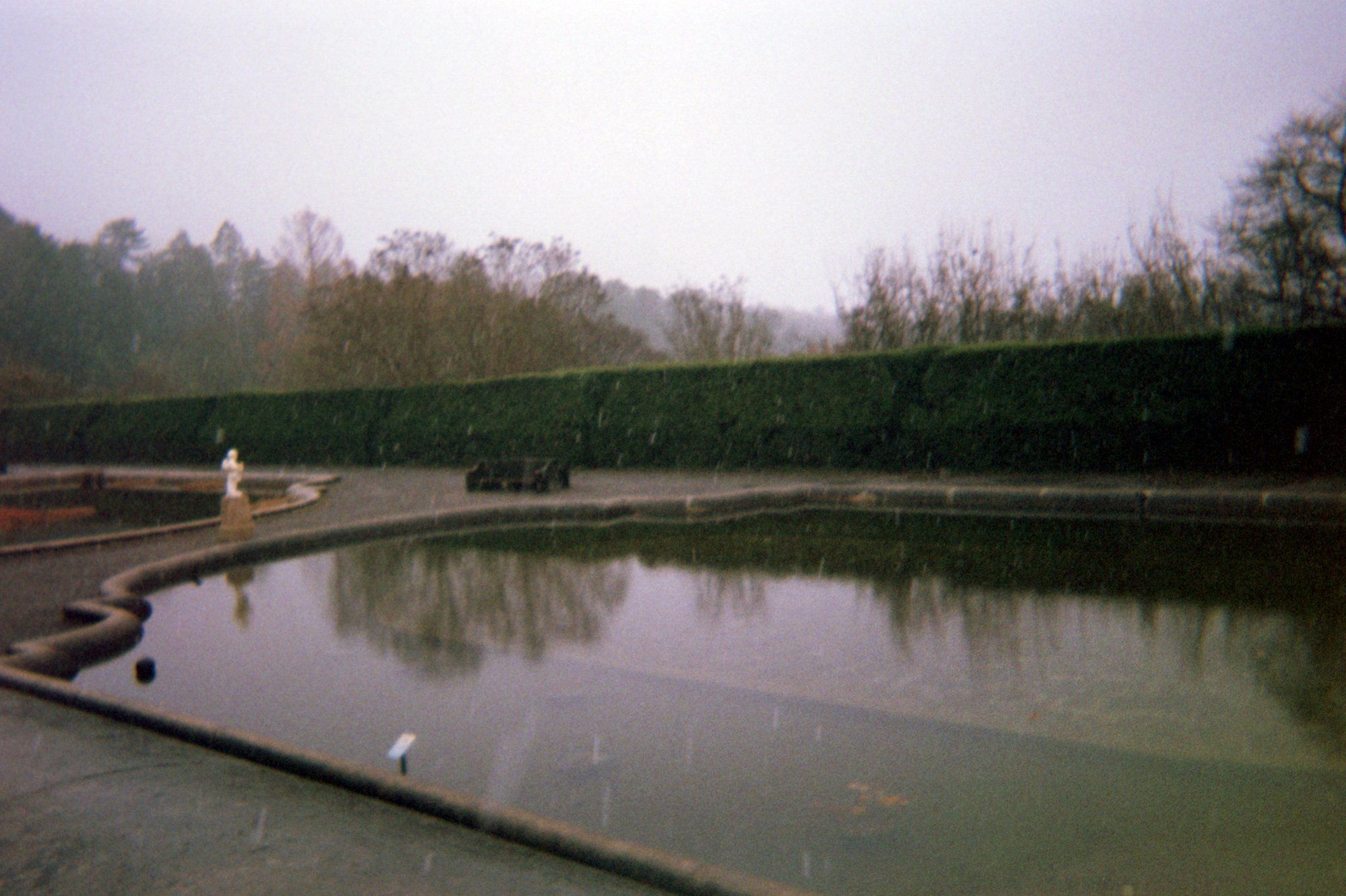The Biltmore Estate gargoyle statues are an integral part of the architectural marvel that is the Biltmore House. These intricate stone figures, more accurately called grotesques, adorn the exterior of the mansion, reflecting the Gothic and Châteauesque styles popular in the late 19th century. Carved from Indiana limestone, these statues feature a variety of mythological and fantastical creatures, adding character and whimsy to the grand estate built for George Washington Vanderbilt II between 1889 and 1895.
What Are the Biltmore Estate Gargoyle Statues?

The Biltmore Estate gargoyle statues are not true gargoyles but grotesques. Unlike gargoyles, which serve as water spouts, these statues are purely decorative elements. They are an essential part of the estate’s architectural design, showcasing the craftsmanship and attention to detail that went into the construction of America’s largest private residence.
What Materials Were Used to Create These Statues?
The grotesques at Biltmore Estate are carved from Indiana limestone, a material chosen for its durability and aesthetic appeal. This limestone allowed the stonemasons to create intricate details that have withstood the test of time, preserving the unique character of each statue for over a century.
What Designs Can Be Found Among the Statues?
The designs of the Biltmore Estate gargoyle statues are diverse and imaginative. They include:
- Mythological creatures
- Fantastical beasts
- Hybrid animals with characteristics of birds, reptiles, and mammals
- Humorous figures, such as the famous “stone figure with its bum on the rail”
This variety of designs adds to the visual interest of the estate and provides visitors with countless details to discover during their tours.
Where Can Visitors Find the Gargoyle Statues at Biltmore Estate?

The grotesques are scattered throughout the Biltmore Estate, with many prominent locations featuring these unique sculptures. Here’s a breakdown of where you can spot these fascinating figures:
- Exterior Facade
- High up on the building’s walls
-
Closer to ground level, integrated with other carved decorations
-
Upper Lawn and Balconies
- Near the statue of Diana, the goddess of the hunt
-
Features include a cartoonish, wild-eyed chicken and other whimsical figures
-
Grand Staircase and Roof
- Above the Grand Staircase
- Includes faces in the stone, oak leaves, acorns, and a shield with a boar’s head
- A red rooster is visible on the ceiling near the library
How Were the Gargoyle Statues Installed at Biltmore Estate?
The installation of the gargoyle statues was part of the original construction of the Biltmore House, which took place between 1889 and 1895. The process involved:
- Architectural planning by Richard Morris Hunt
- Sculptural work overseen by various craftsmen
- Contributions from renowned sculptors like Karl Bitter, an Austrian-born architectural sculptor
The statues were integrated into the building’s structure as it was being constructed, ensuring they became an seamless part of the overall architectural design.
What Historical Significance Do the Gargoyle Statues Hold?
While there are no specific historical events directly associated with the gargoyle statues themselves, they are significant for several reasons:
- They represent the architectural trends of the Gilded Age
- They showcase the wealth and artistic tastes of the Vanderbilt family
- They demonstrate the high level of craftsmanship available in the late 19th century
- They contribute to the overall historical importance of the Biltmore Estate as a preserved example of American aristocratic life
How Can Visitors Best Experience the Biltmore Estate Gargoyle Statues?
To fully appreciate the Biltmore Estate gargoyle statues, visitors have several options:
Guided Tours
- Rooftop Tours
- Provide close-up views of higher statues
- Led by knowledgeable docents
-
Offer insights into architectural and decorative features
-
Specialized Architecture Tours
- Focus on the design elements of the estate
- Include detailed information about the grotesques and their significance
Self-Guided Visits
- Allow visitors to explore at their own pace
- Provide opportunities to discover statues on the lower levels and exterior
- May have limited access to some areas featuring higher statues
Photography Tips
For those looking to capture the beauty of the gargoyle statues:
- Bring a camera with a good zoom lens for distant statues
- Visit during different times of day for varied lighting conditions
- Consider joining a photography-focused tour if available
What Practical Information Should Visitors Know About Viewing the Gargoyle Statues?
When planning a visit to see the Biltmore Estate gargoyle statues, keep the following in mind:
| Information | Details |
|---|---|
| Admission | Varies by season and tour type |
| Parking | Available on the estate in designated areas |
| Best Time to Visit | Early morning or late afternoon for optimal lighting |
| Accessibility | Some statues may only be visible through guided tours |
| Tour Duration | Self-guided visits: 2-3 hours Guided tours: 1-2 hours additional |
Additional Tips:
- Wear comfortable shoes for walking and standing
- Bring binoculars for a better view of higher statues
- Check the Biltmore Estate website for current tour offerings and prices
- Consider purchasing tickets in advance, especially during peak seasons
The Biltmore Estate gargoyle statues offer a fascinating glimpse into the architectural and artistic choices of the Gilded Age. Whether you’re an architecture enthusiast, a history buff, or simply someone who appreciates intricate craftsmanship, these grotesques provide a unique and memorable aspect of the Biltmore experience. By understanding their history, design, and locations, visitors can fully appreciate these stone guardians that have watched over the estate for more than a century.
